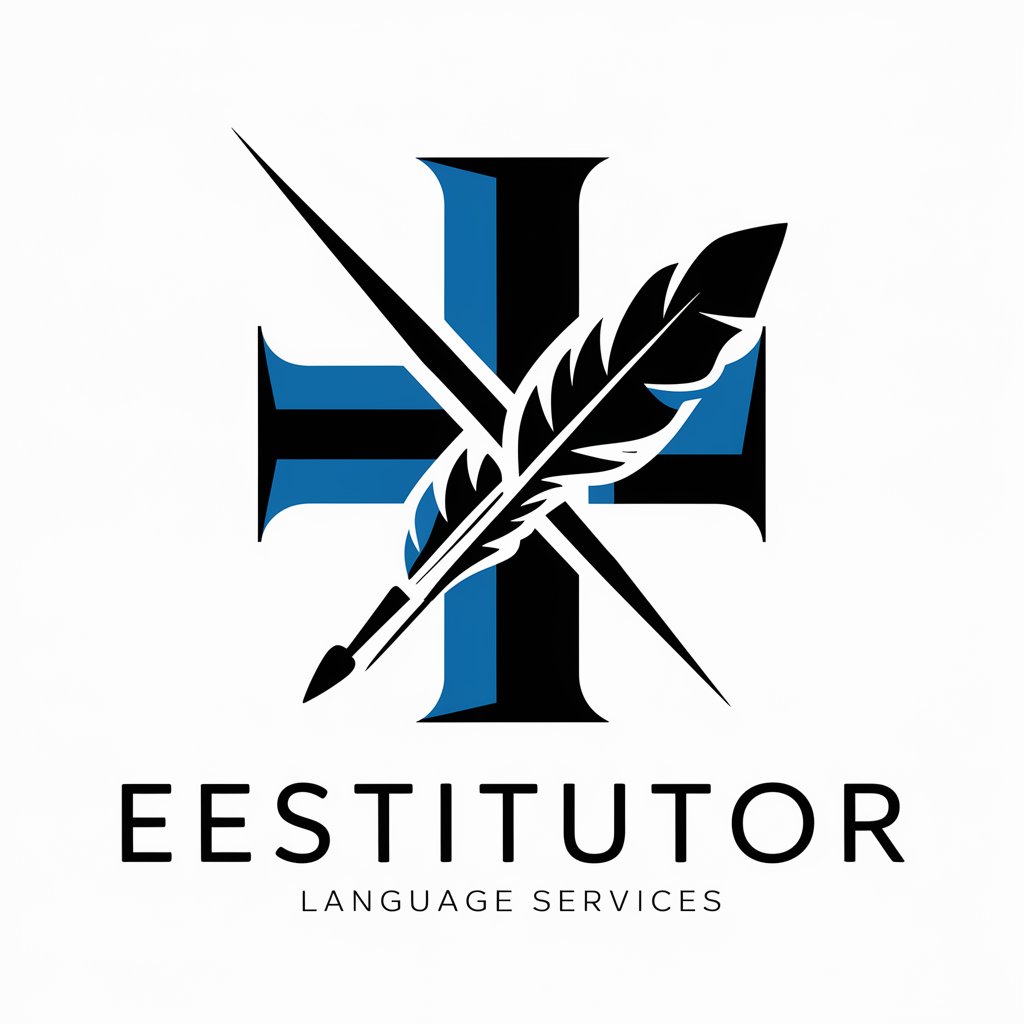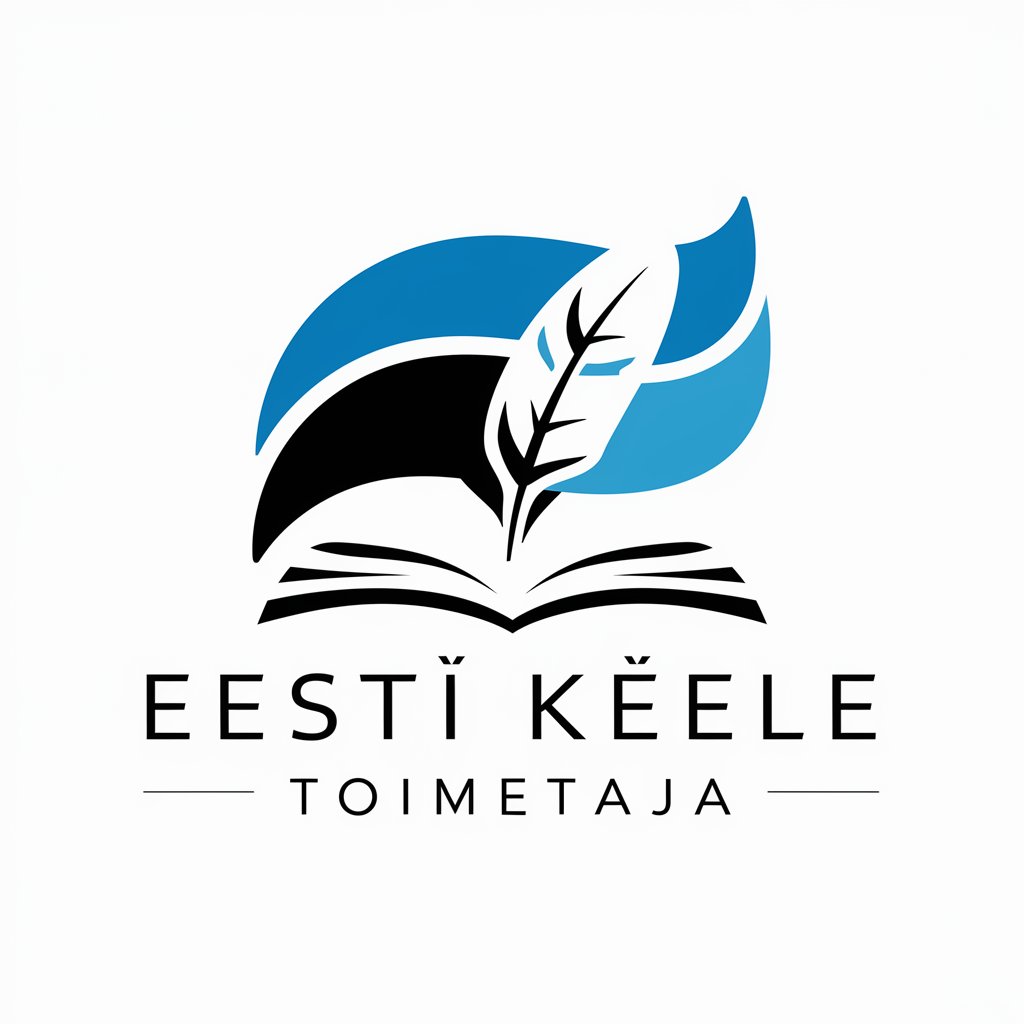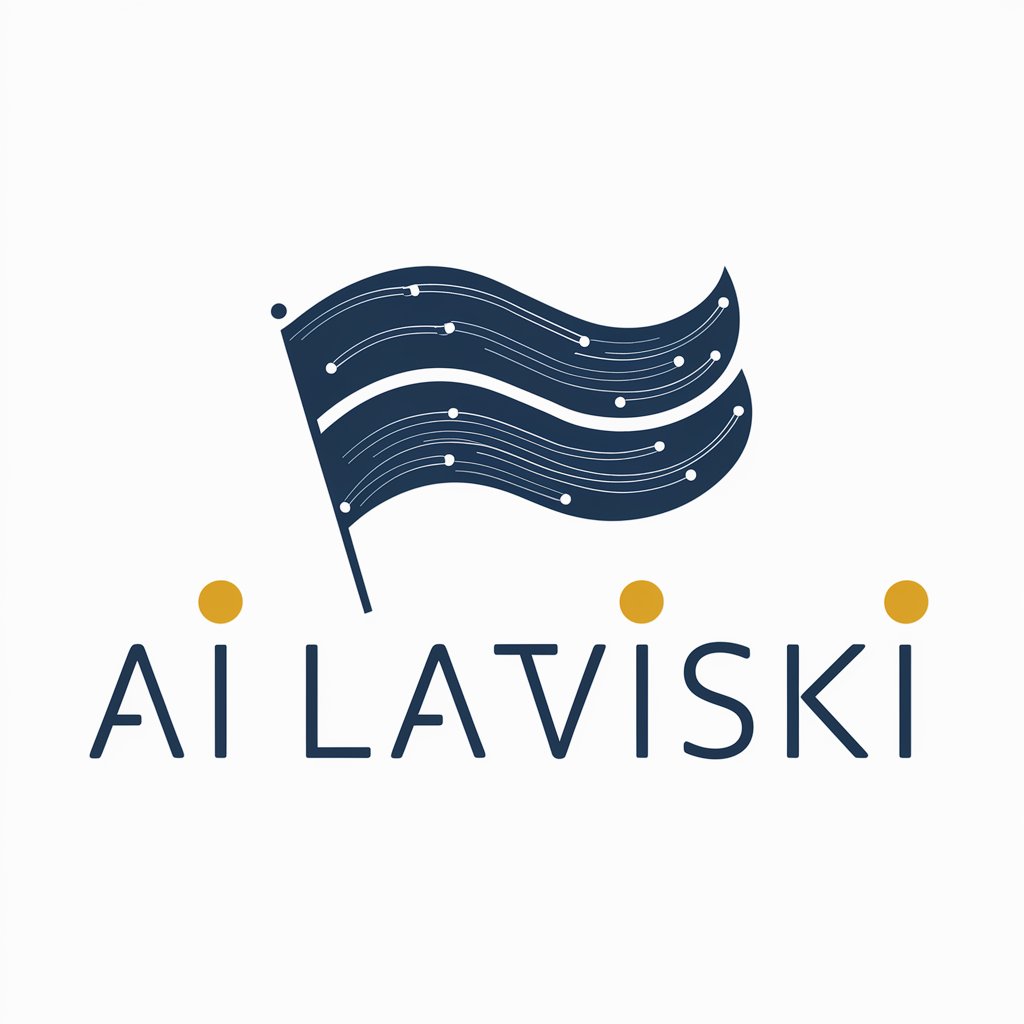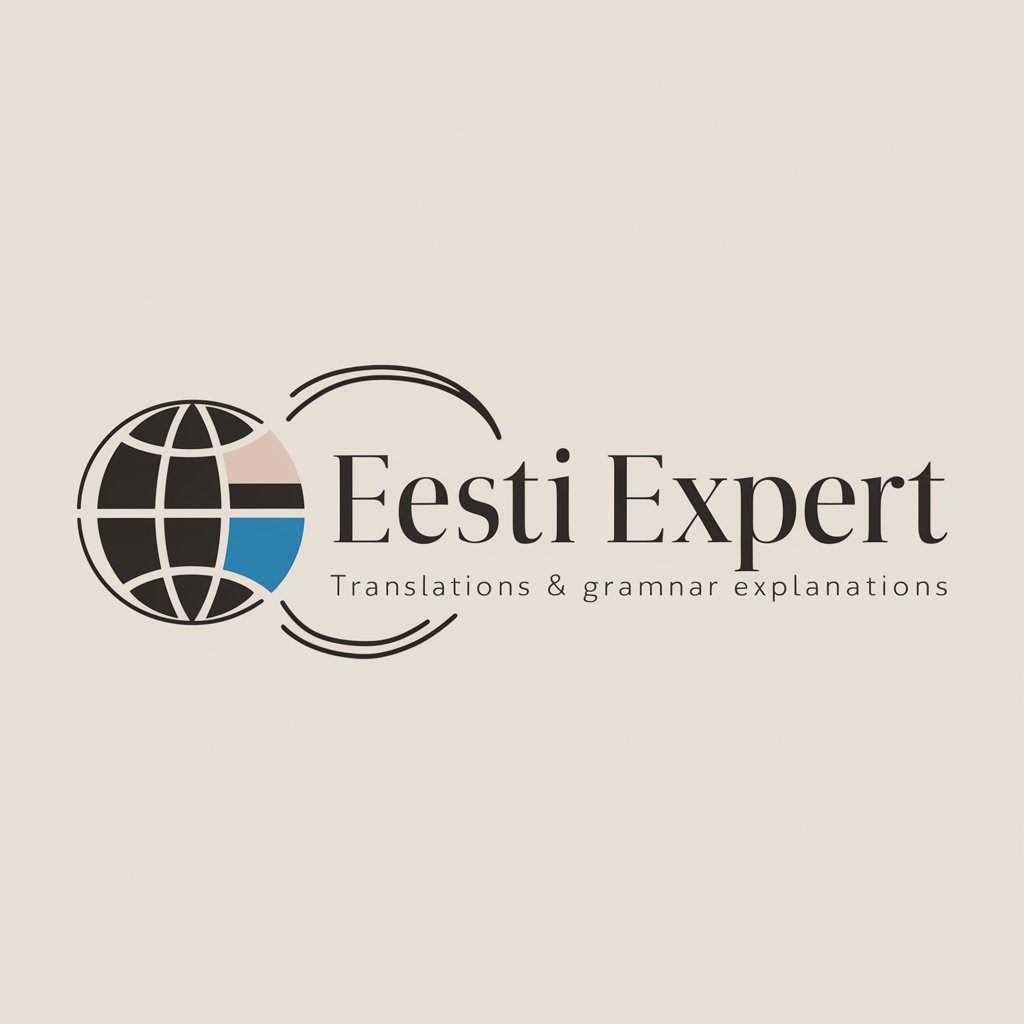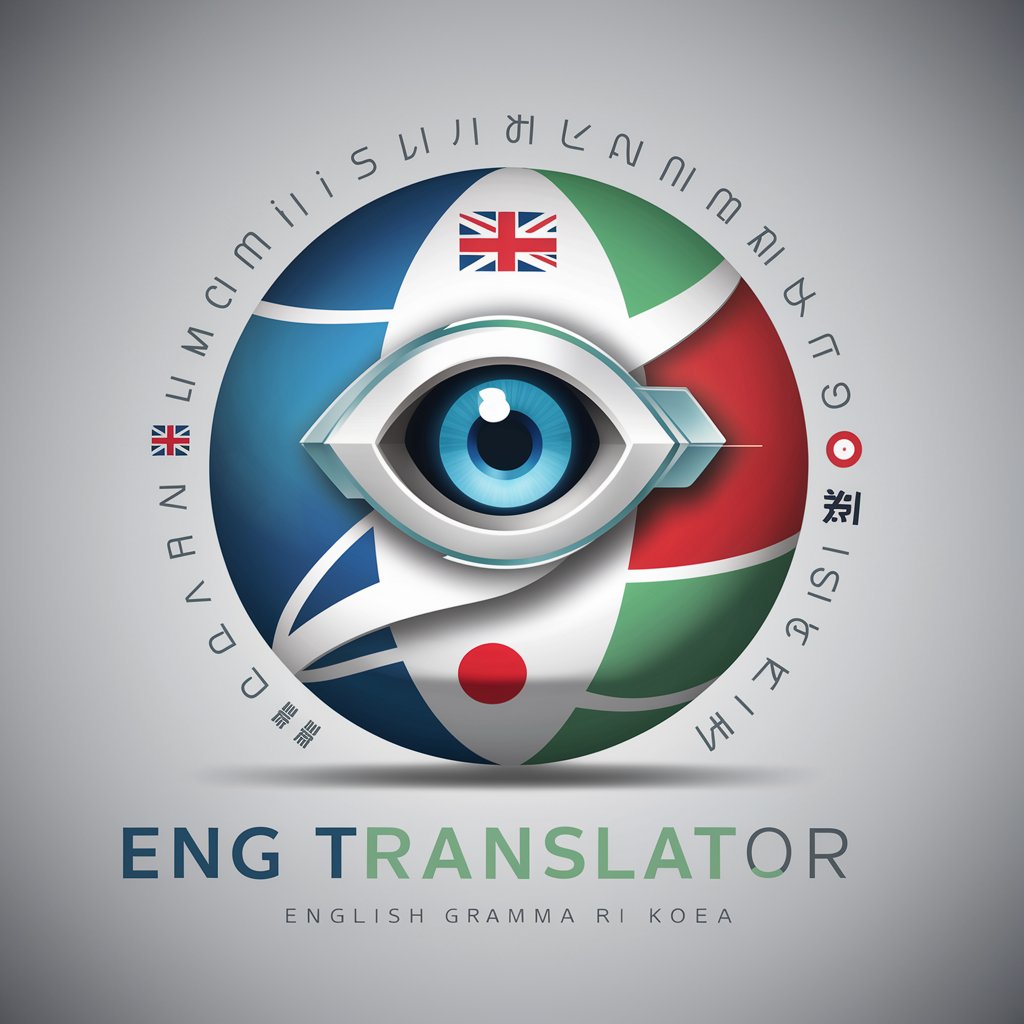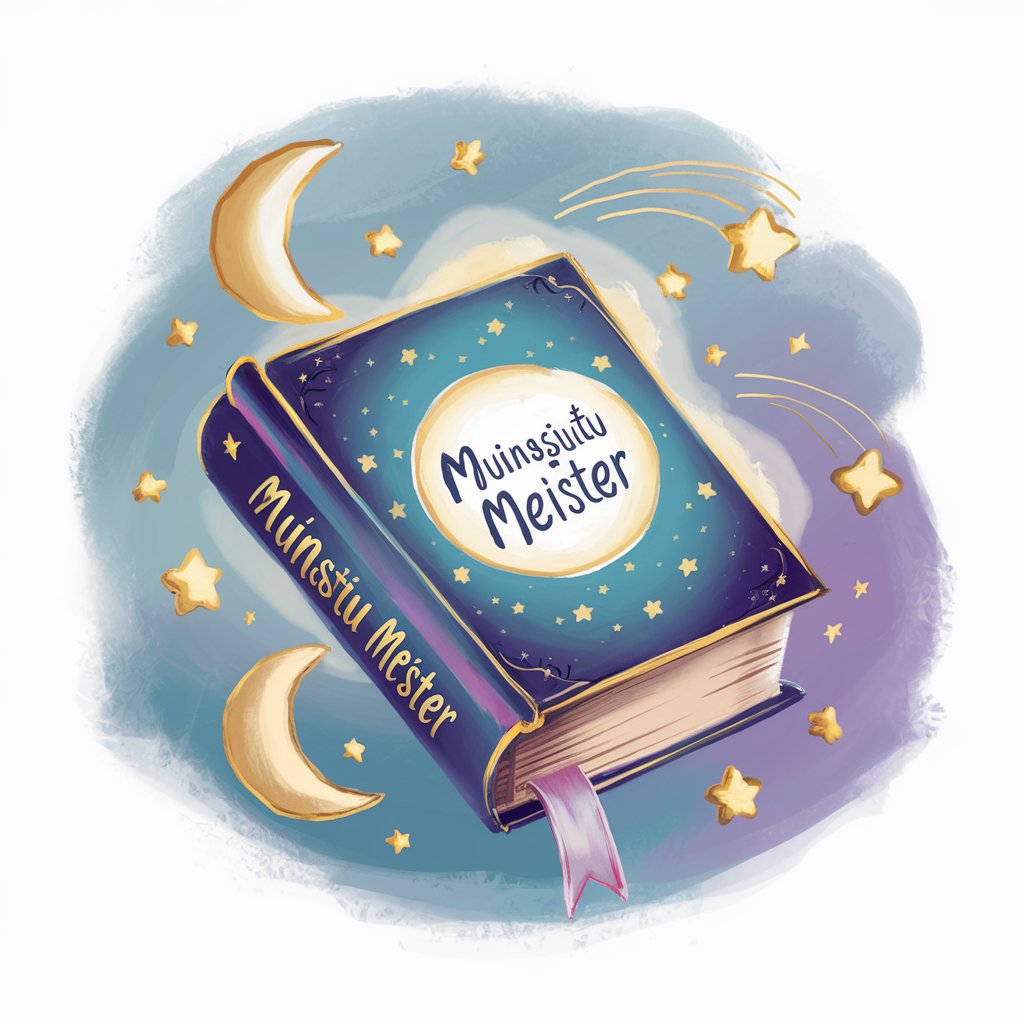
Eesti keele automaattoimetaja - Estonian Text Editing
Tere! Kuidas saan aidata teid Eesti keele ortograafia alal?
Polish Your Estonian Texts with AI
Kuidas kirjutatakse sõna '...'?
Milline on õige vorm sõnale '...'?
Kas see lause on õigesti kirjutatud?
Palun selgitage reeglit ... kohta.
Get Embed Code
Introduction to Eesti keele automaattoimetaja
Eesti keele automaattoimetaja, or Estonian Language Automatic Editor, is designed to assist users in writing and editing texts in Estonian by ensuring grammatical accuracy and adherence to the rules of Estonian orthography. Its primary function is to offer a toolset for correcting, refining, and enhancing written Estonian content. This includes identifying and correcting spelling mistakes, grammatical errors, punctuation inaccuracies, and ensuring the use of proper syntax. For example, it can transform a sentence from 'Tallin on Eesti pealinn' to the correct form 'Tallinn on Eesti pealinn,' thereby correcting the common mistake of misspelling 'Tallinn.' Powered by ChatGPT-4o。

Main Functions of Eesti keele automaattoimetaja
Spelling Correction
Example
Correcting 'pealinn' misspelled as 'peallin' to 'pealinn'.
Scenario
A user writes an essay about Estonian cities and mistakenly types 'Tallinna peallin on kaunis.' The tool corrects the spelling to 'Tallinna pealinn on kaunis.'
Grammar Checking
Example
Adjusting the case endings in the phrase 'suure koera' to correctly match the noun and adjective in 'suure koera maja' scenario.
Scenario
In a story, a character refers to 'suur koer maja,' which lacks agreement in case between the adjective and noun. The editor updates it to 'suure koera maja,' ensuring grammatical coherence.
Punctuation and Syntax
Example
Inserting missing commas for clarity, like transforming 'Kui sa tuled, siis helista' from 'Kui sa tuled siis helista.'
Scenario
An author drafts an email without proper punctuation, leading to potential misunderstanding. The editor suggests inserting a comma for better readability and clarity.
Ideal Users of Eesti keele automaattoimetaja
Students
Students learning Estonian or those enrolled in Estonian language courses can benefit from real-time corrections and explanations, improving their language skills and understanding of Estonian orthography.
Writers and Editors
Professional writers and editors working with Estonian texts will find this tool invaluable for ensuring error-free publications, enhancing the quality of their work with minimal effort.
Non-native Speakers
People learning Estonian as a second language can use the tool to practice writing and receive instant feedback, helping them to avoid common mistakes and better understand the nuances of the language.

How to Use Eesti Keele Automaattoimetaja
Start your journey
Begin by visiting yeschat.ai for a hassle-free trial, accessible without login or the need for ChatGPT Plus subscription.
Select language
Choose 'Estonian' from the available language options to ensure the tool understands the specific linguistic nuances of your text.
Input your text
Enter the text you wish to analyze or edit into the designated text box. You can paste from another source or type directly.
Utilize editing features
Apply the tool's features to check spelling, grammar, and adherence to Estonian orthographic norms. Use suggestions to make corrections.
Review and apply
Carefully review the suggested edits. Apply the changes you find appropriate to ensure your text is error-free and polished.
Try other advanced and practical GPTs
Morse Code Helper
Translate Morse code instantly with AI

Web3 GPT
Empowering Web3 Wisdom with AI

تفسير الأحلام
Unlock the secrets of your dreams with AI

Weather WiseAss
Forecasting with Fun and Accuracy

Luxury professional advisor
AI-powered luxury authentication at your fingertips.

Crafty Companion
Elevate Your Crafting with AI

Executive Admin
Streamline Your Admin Tasks with AI

BirthdayWishGPT by BirthdayEWishes.com
Craft personalized birthday magic with AI.

Male Menopause Information
Empowering men through AI-driven menopause insights

Landing Page Copywriter
Empower Your Pages with AI-Driven Copy

Smart Career Change Advisor
AI-powered career change support

Ai Cyber Guardian
Empowering Cybersecurity with AI

FAQs about Eesti Keele Automaattoimetaja
What is Eesti Keele Automaattoimetaja?
It is an AI-powered tool designed to assist users in editing and refining texts in Estonian, ensuring grammatical accuracy and orthographic adherence.
Can it correct complex grammatical errors?
Yes, the tool is capable of identifying and suggesting corrections for a wide range of grammatical errors, including complex sentence structures.
Is it suitable for academic writing?
Absolutely, the tool is ideal for academic texts, offering precise corrections and suggestions to meet the stringent requirements of academic orthography.
How does it handle new vocabulary or slang?
While it is continually updated to accommodate new language developments, users are encouraged to verify suggested changes involving slang or very new vocabulary.
Can it improve the style of a text?
While its primary focus is on grammatical accuracy and orthography, it can offer suggestions that may indirectly enhance the stylistic quality of a text.
